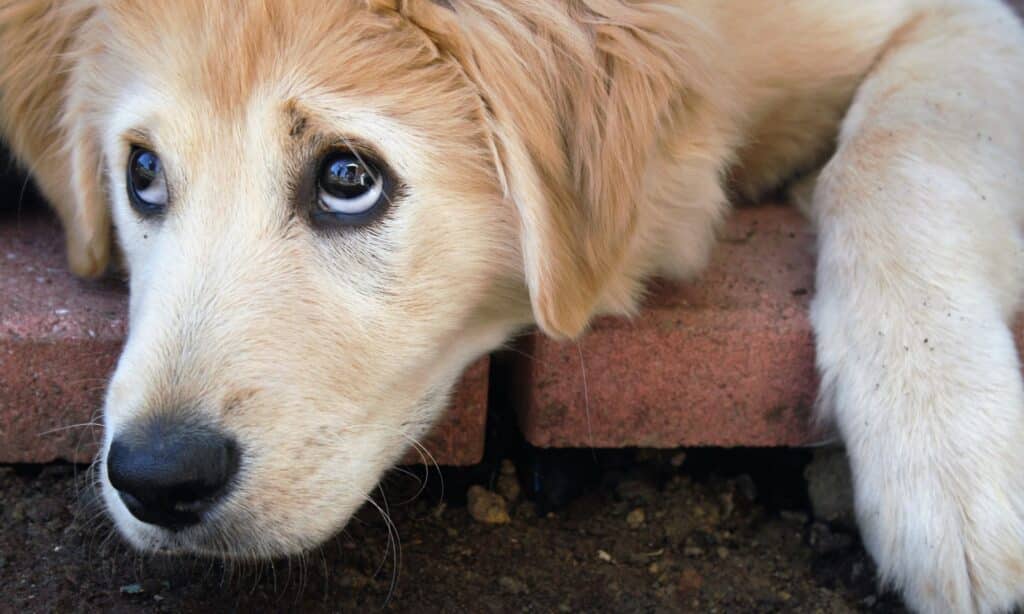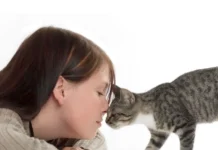Understanding Dog Whale Eye: An Insight into Your Dog’s Body Language

The term “dog whale eye” refers to a significant canine behavior that pet owners should learn to recognize. When your dog notices a child or a situation of interest, he may subtly avert his head but keep his gaze fixed—this gesture is often called a ‘side-eye’ among dog trainers.
What is Dog Whale Eye?
Dog whale eye describes a dog’s body language characterized by the exposure of the whites of his eyes, also known as the sclera. This behavior, sometimes referred to as “half-moon eye,” typically occurs when a dog slightly turns his head yet maintains focus on something or someone. The appearance of the eye whites forms a half-moon shape around the eye and can manifest at either the inner or outer edge.
Interpreting Your Dog’s Communication
Understanding the context of dog whale eye is crucial. It is particularly common in nervous dogs, serving as an appeasement gesture. Dogs display this behavior to signal they do not intend to threaten others.
Key signs that accompany whale eye often include:
- Avoiding direct eye contact
- Licking lips
- Raised hackles along the spine
- Freezing in place or showing warning signs like growling
When a dog exhibits whale eye, it’s essential to recognize that he is trying to communicate a message. He is likely looking for a resolution to whatever scenario is causing him discomfort or anxiety.
How to Respond to Dog Whale Eye

If you notice your dog displaying whale eye, the first step is to assess the trigger causing this behavior. Consider whether your dog is frightened by another dog or anxious due to loud noises or yelling.
After identifying the root cause, it’s crucial to eliminate the trigger. You can assist your dog in redirecting his focus towards something more positive, such as a favorite toy or activity. For instance, if another dog approaches and your dog begins to display whale eye, it’s advisable to remove your dog from the situation.
Frequently Asked Questions About Dog Whale Eye
Is Having Dog Whale Eyes Always Bad?
For example, if your dog is holding a toy and looks at you without moving his head, the excess white around his eyes might suggest he wants to engage in play.
Ultimately, it is essential to consider the entire context and pay attention to the other elements of your dog’s body language. Understanding these subtle cues is vital for any dog owner wishing to gauge their pet’s emotional state accurately.












